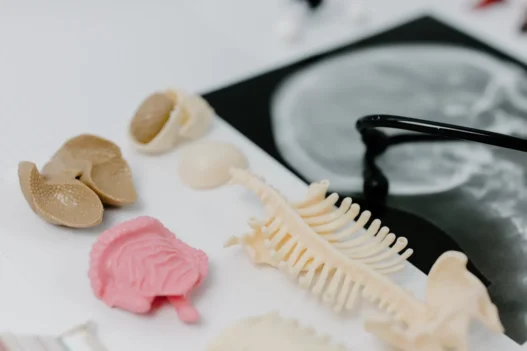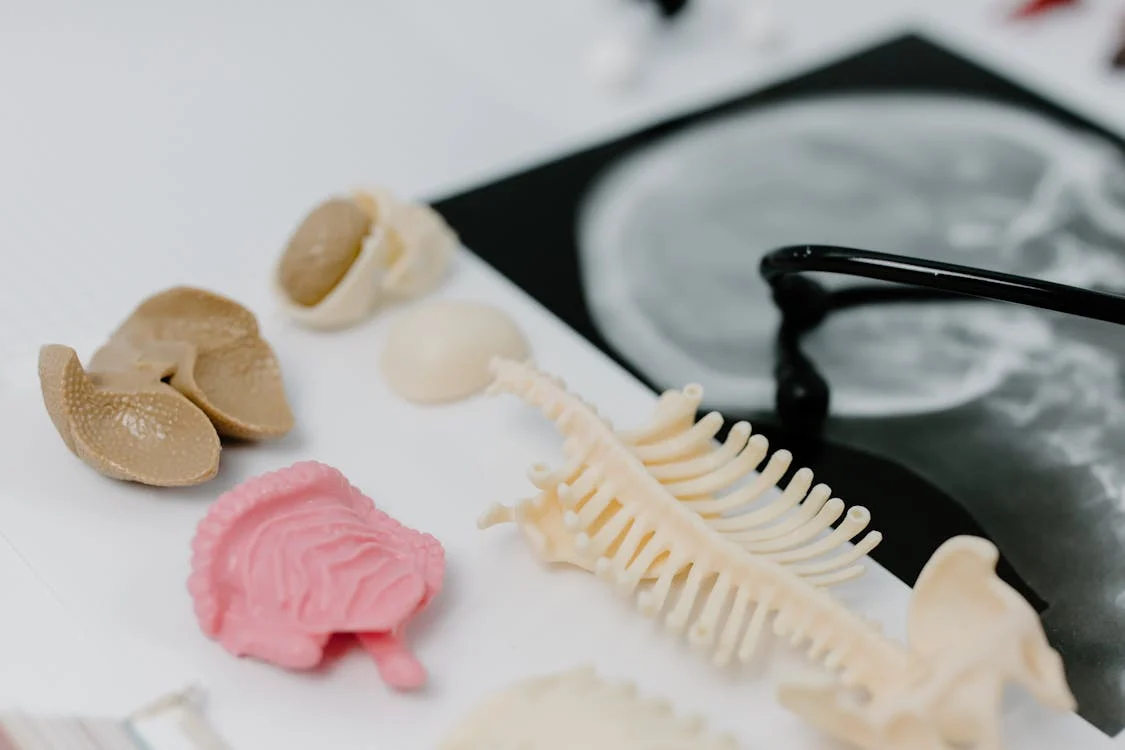0DJD3ZZ is a medical code that refers to a procedure to inspect the lower intestinal tract using a percutaneous approach, which means it is done by piercing the skin. This technique allows doctors to examine the colon and rectum for any abnormalities or diseases.
Table of Contents:
- 🔎 Clinical Indication
- 📋 Preparation
- 📖 Methodology
- 🩹 Recovery
- 🚨 Complexity & Risk
- 🔀 Similar Procedures
🔎 Clinical Indication
A percutaneous approach for the inspection of the lower intestinal tract, also known as a colonoscopy, may be performed for a variety of reasons. It is commonly used to screen for colorectal cancer, detect and remove polyps, investigate symptoms such as rectal bleeding or changes in bowel habits, or diagnose inflammatory bowel diseases.
During the procedure, a flexible tube with a camera on the end is inserted through the rectum and advanced through the colon. This allows the healthcare provider to examine the lining of the colon for any abnormalities, such as tumors or inflammation, and take biopsies if necessary.
Colonoscopies are typically recommended for individuals over the age of 50 as part of routine colorectal cancer screening. However, they may also be performed at a younger age if there is a family history of colorectal cancer or if the patient is experiencing gastrointestinal symptoms that warrant further investigation.
📋 Preparation
Before undergoing an inspection of the lower intestinal tract via a percutaneous approach, patients must refrain from eating or drinking for a certain period of time as advised by their healthcare provider. This is essential in order to ensure clear imaging during the procedure.
Patients may also be required to take laxatives or receive an enema to help cleanse the colon before the inspection. This is done to remove any stool or other substances that could obstruct the view of the intestinal tract during the examination.
In addition, patients may need to inform their healthcare provider of any medications they are taking, as certain medications may need to be adjusted or temporarily stopped before the procedure. It is important for patients to follow all pre-procedural instructions given to them in order to ensure a successful and accurate inspection of the lower intestinal tract.
📖 Methodology
During 0DJD3ZZ, a medical professional will use a percutaneous approach to inspect the lower intestinal tract. This involves inserting a thin, flexible tube through the skin and into the intestines to view and potentially treat any issues.
The procedure allows for a closer examination of the lower intestinal tract, including the colon and rectum. It can help diagnose conditions such as inflammatory bowel disease, polyps, or cancer.
Overall, 0DJD3ZZ is a minimally invasive procedure that can provide valuable information about the health of the lower intestinal tract and guide further treatment options if necessary.
🩹 Recovery
After undergoing an inspection of the lower intestinal tract with a percutaneous approach, patients can typically expect to recover quickly. They may experience some minor discomfort or bloating in the days following the procedure but this should quickly subside.
It is important for patients to follow their doctor’s post-procedure instructions, which may include dietary restrictions or medication recommendations. Most patients are able to resume their normal activities within a day or two, with no long-term effects from the procedure.
🚨 Complexity & Risk
Performing 0DJD3ZZ, an inspection of the lower intestinal tract using a percutaneous approach, is a complex procedure that involves inserting a tube through the skin to view the intestines. This procedure is often necessary when traditional methods of examination are not feasible.
However, there are potential risks associated with 0DJD3ZZ, including bleeding, infection, and damage to surrounding organs. Patients undergoing this procedure should be aware of these risks and discuss them with their healthcare provider before proceeding.
🔀 Similar Procedures
Another medical procedure similar to 0DJD3ZZ is a colonoscopy, which involves the insertion of a flexible tube with a camera into the rectum to examine the colon. Both procedures are used to diagnose and treat issues within the lower intestinal tract.
During a colonoscopy, a physician can visually inspect the colon for abnormalities such as polyps or cancerous growths, similar to how a percutaneous inspection is done with 0DJD3ZZ. Both procedures are important for early detection and treatment of gastrointestinal issues.
Both 0DJD3ZZ and a colonoscopy are minimally invasive procedures that provide valuable information about the health of the lower intestinal tract. These procedures are essential for maintaining overall digestive health and preventing serious conditions such as colorectal cancer.

